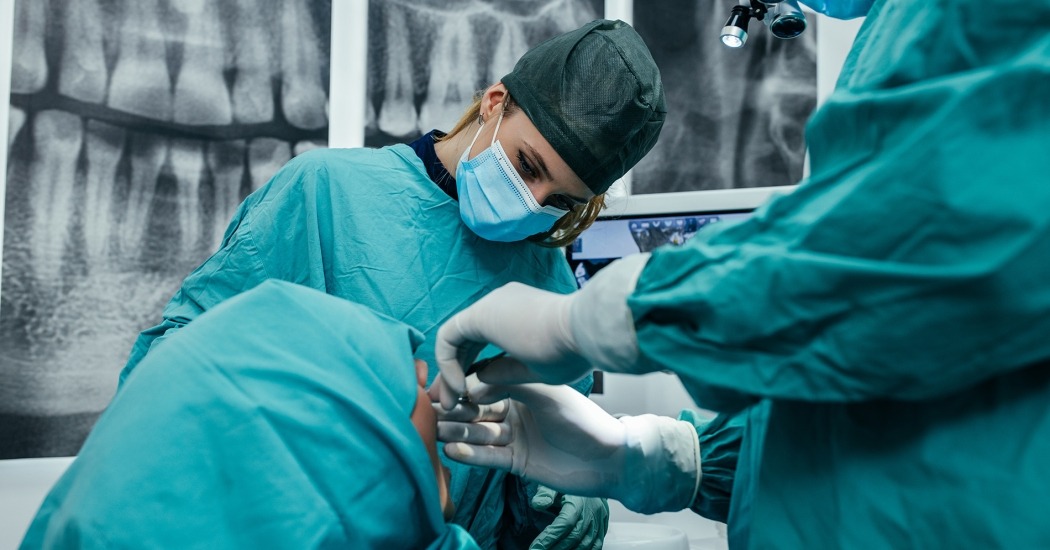A.J. Shahla, Dentistry, University of Tennessee, Memphis, TN, J. Simon, University of Tennessee, Memphis, TN, and L. Darnell, Restorative Dentistry, University of Tennessee, Memphis, TN
Objective: In this study, we are seeking to determine the viability of Biodentine as a base under CEREC restorations.

A.J. Shahla, Dentistry, University of Tennessee, Memphis, TN, J. Simon, University of Tennessee,
Memphis, TN, and L. Darnell, Restorative Dentistry, University of Tennessee, Memphis, TN
Objective: In this study, we are seeking to determine the viability of Biodentine as a base under
CEREC restorations.
Method: In order to determine the compatibility of Biodentine with Cerec, capsules mounted in acrylic
were filled with Biodentine, set at differing time intervals, and sprayed with titanium dioxide. Samples
were bonded to Esthet-X composite-tags and stored in 100% humidity at 37°C for 24 hours. The
Biodentine-composite bond strength was tested using an Instron. Forty non-carious, non-restored
extracted molars were mounted in epoxy-resin and prepared for mesial occlusal inlay restorations with
a large simulated mesial carious lesion and a roughened pulpal floor. Biodentine was placed to fill the
lesion and smooth the floor. No base material was placed in the remaining twenty samples. All
samples were scanned into CEREC, and inlays were milled with porcelain blocks. To measure
overmilling, light body Aquasil was placed between the preparation and the fully seated restoration.
The CEREC restoration was cemented in place, and the compressive strength was tested with an
Instron.
Result: In testing the compatibility of Biodentine with the CEREC powder, it was determined that at all
intervals the composite-Biodentine bond strength was not significantly different. The samples with
Biodentine had an average compressive strength of 976.4N(S.D.262N), and the samples without
Biodentine had an average compressive strength of 941.7N(S.D.150N). The Biodentine samples
averaged an impression material thickness of 0.2mm while the non-Biodentine samples averaged an
impression material thickness of 0.4mm. The compatibility studies show that Biodentine can be used
as a base for CEREC restorations. The Instron data showed no compromise to the restoration with
Biodentine. The most interesting result is the difference in thickness of impression material between
samples leading to more accurate milling, better marginal adaptation, and subsequently less recurrent
decay.
Conclusion: Biodentine shows promise in conjunction with CEREC.
Poster Session, AADR 2012, Tampa, Florida, USA